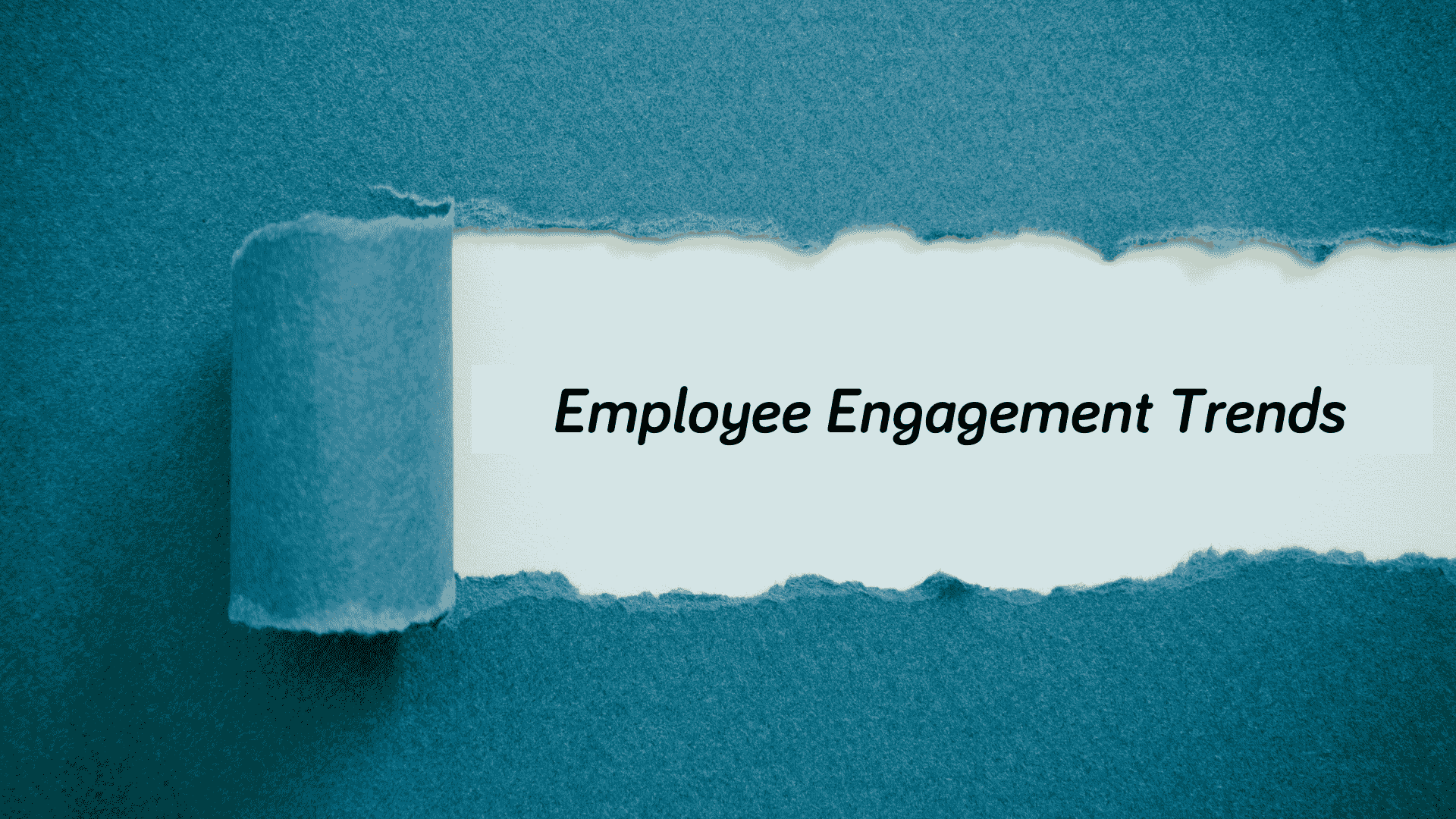Combatting E-Presenteeism Within a Digital Workforce
July 1, 2020Categorised in: News
Before COVID-19, working remotely seemed like a dream for many; being able to skip the early morning rises accompanied with a lengthy commute, working hours to suit and never working over contracted hours. However, over the last three months or so, many employees have reported feeling more plugged into work than ever before.
According to research by Executive Grapevine, employees that are remote working are racking up an extra 28 hours of monthly overtime since lockdown began, which equates to nearly four days’ work. The Mental Health Foundation and LinkedIn ran a survey with more than 1,000 HR professionals in medium to large UK companies with staff working remotely due to the coronavirus pandemic.
58% of HR managers fear losing staff to sick leave due to the mental health impacts of working in lockdown, which can stem from several issues such as loneliness, stress, burnout and isolation. 54% of HR leaders said they believed mental health issues such as the above had increased among their workforce since the coronavirus crisis hit and most workers have had to do their jobs from home.
With figures surrounding poor mental wellbeing in the workplace having increased during the lockdown, it is a cause for concern for many employers across the UK. Presenteeism has been an issue in the workplace for years, however, e-presenteeism has risen drastically during the lockdown and it’s possible that either poor mental health is adding to the rise, or e-presenteeism is adding to the increase in mental health problems noted by HR leaders.
What is e-presenteeism?
The traditional ‘presenteeism’ is when employees come into work when they are feeling ill as well as regularly working past their contracted hours. E-presenteeism is simply the same but during remote working.
What causes e-presenteeism?
There are a lot of factors that can contribute to e-presenteeism, but the main problem is the increasing inability for employees to switch off after working hours. Lockdown can be held accountable for this, as working from home and not being able to leave the house to differentiate the working environment from the home environment has made it very difficult. Also, 9-5 working hours are in decline, with flexible working becoming more popular amongst companies in the UK. While this has many benefits, it can also lead to higher levels of e-presenteeism when routines and policies aren’t properly implemented.
As an employer or HR leader, there are a few things you can do within the digital workplace to ensure your employees avoid e-presenteeism.
Assist employees’ work:life balance
With the rise of mobile-first workplace communication, it can be hard to switch off after working hours, especially as for many the home has become the workplace since March. For more advice on how to switch off when the home is the office.
In order to protect employees’ work:life balance, encourage them to finish their working day in line with their contracted hours. Avoid bombarding workers with too many tasks that become unmanageable and they begin to feel pressured to work overtime to complete everything.
Encouraging employees to take a regular and routine lunch hour during the working day not only shows your care for their wellbeing, but again allows them to switch off from work for an hour and engage with others in the home, go for a walk and just allows them to remove themselves from their working environment for a little while. Alongside this, encourage employees to take little tea breaks throughout the day to avoid burnout. This also helps boost productivity based on the Pomodoro technique seen below.
Create a supportive environment
It’s important to ensure your employees feel supported and comfortable enough to communicate openly and honestly about their wellbeing. Not only does this help to combat presenteeism, it also helps identify early signs of stress, which left untreated can develop into other health conditions such as anxiety and depression. Regularly conducting virtual meetings or phone calls with employees to check up on their needs, wellbeing and concerns really helps to engage workers and creates a supportive environment. It also enables workloads to be restructured for those who are struggling and boosts the element of collaborative working while at home.
Rewarding and recognising output rather than hours worked can really help reduce e-presenteeism. While there is no harm in acknowledging the long hours an employee has put in, rewarding them can encourage the continuation of working hours outside of the. contract. Instead, focus on rewarding results and tasks completed.
While the UK is in lockdown, many employees have had to cancel holiday requests due to travel plans evaporating due to COVID-19 Coronavirus. Although employees can’t travel anywhere, it’s important to encourage them to take their annual leave, as having time out to feel refreshed and relaxed not only boosts wellbeing, but productivity and engagement will increase when annual leave is over.
Fill your employee app, portal or intranet full of mental and physical wellbeing support advice for easy access to employees who are struggling. Looking to implement employee assistance programmes such as access to a 24/7 GP can also help combat poor employee wellbeing, e-presenteeism, engages employees and allows them to feel supported and valued by the company investing in their health.
Outline a presenteeism policy
This can be as simple as having an easily accessible policy about your company’s approach to illness and health problems. It’ vital to highlight that employee wellbeing is a priority. In order to take steps in reducing presenteeism within your business, putting the physical and mental wellbeing of your staff at the forefront is a must.
Normally, if employees are feeling physically or mentally unwell to the point where their work or functioning will be impacted, they should focus on improving their health and shouldn’t be expected to come to work. Now, with remote working, more employees feel pressured to ‘turn up’ due to being at home, but you should remind them that the illness policy still stands. An alternative to taking a complete sick day is flexible working, which is one of the benefits of working from home. If they are feeling unwell at a certain point of the day, allow them to switch off until they feel better and work a shift that suits them.
As stated before, all policies should be easily accessible to staff in an App or a Portal so they can remind themselves often of what is expected of them. Within your policy, it’s a good idea to highlight that staff won’t be penalised for being unwell and that their judgement of deeming themselves unable to work will be respected as long as they follow the proper communications necessary to line managers of their absence. Again, to create a sense of support and value, the policy should outline the company’s commitment to the physical and mental wellbeing of workers.
HIVE360 Support Services Ltd’s game changing engagement platform is part of our unique, commercially attractive solution, combining expert payroll support and employment administration with a mobile platform that totally revolutionises your employees’ experience and support. If you think this sounds like a big investment - think again. Depending on their existing arrangements and supplier agreements, our clients see a cost-neutral impact on their operation and often significant cost savings. Book an exploratory meeting today and a quick savings calculation to see what this will look like in your business and the impacts it could have on your growth.
Ensuring your staff are looked after, supported and rewarded, so they reward you with their loyalty and performance is what drives us, and making it cost-effective and commercially viable is what sets us apart. Our solution gives you a myriad of added value services, based on a model that will deliver significant cost savings too.




